-----
To qualify for the federal tax credit, one must not exceed the following adjusted gross income limits:
$300,000 for married couples filing jointly
$225,000 for heads of households
$150,000 for all other filers
Federal EV Tax Credit is not refundable, which means one must have federal tax due to take advantage of it. If the tax due is less than the credit amount, one can only claim the credit up to the amount of the tax due.
--------------
Here's how cheap you can get a new Model 3 RWD right now (including fed & local EV incentives):
• VT: $26,320
• MA: $26,830
• PA: $27,330
• MD: $27,330 - Delivered after July 1, 2023 https://marylandev.org/maryland-ev-tax-credit
• RI: $27,820
• DE: $27,820
• NY: $28,320
• CA: $28,330
• CO: $28,330
• CT: $29,030
• ME: $29,320
on top of above info federal, state and local incentive info that i posted , some employers are also providing ev incentive like exaple bank of america employees gets $5k incentive , in this case the best case scenario is like below
example scenario
• VT: $26,320 - $5000 bank of america employee ev incentive = $21,320
-------------
CA CLEAN VEHICLE REBATE PROGRAM
$2K is available if your household makes <$200k.
There is an increased rebate of $7500 ($5500 on top of the $2k) available if you fall below income caps based on your household size.
Family of 4 max is $111k, Family of 6 is $149k.
This comes in the form of a check in 2-3 months. https://cleanvehiclereb
This is separate from the CARB Clean Vehicle Grants described below the dashes. It is possible to qualify for both, but the timing is different.
----------------
And California residents that live in a disadvantage community (DAC) https://cleanvehiclegra
Disadvantaged communities are determined using CalEnviroScreen (https://oehha.ca.gov/calenviroscr...
here's the DAC map: https://oehha.ca.gov/calenviroscreen/sb535
And receive an Approval Letter through email.
You must receive an Approval Letter BEFORE you purchase a vehicle. We do not offer rebates and you cannot redeem a grant if you have purchased a vehicle before being approved.
This post can be edited by most users to provide up-to-date information about developments of this thread based on user responses, and user findings. Feel free to add, change or remove information shown here as it becomes available. This includes new coupons, rebates, ideas, thread summary, and similar items.
Once a Thread Wiki is added to a thread, "Create Wiki" button will disappear. If you would like to learn more about Thread Wiki feature, click here.
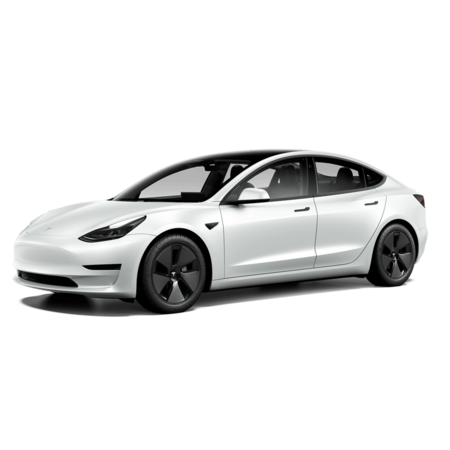
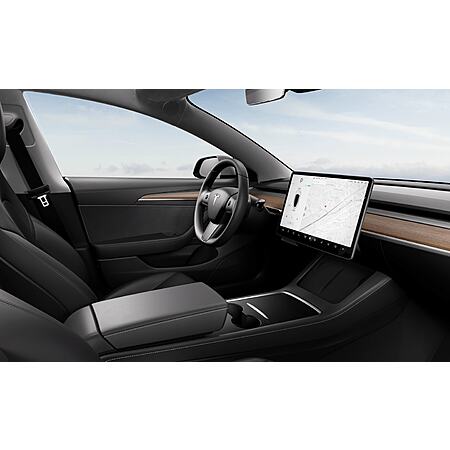
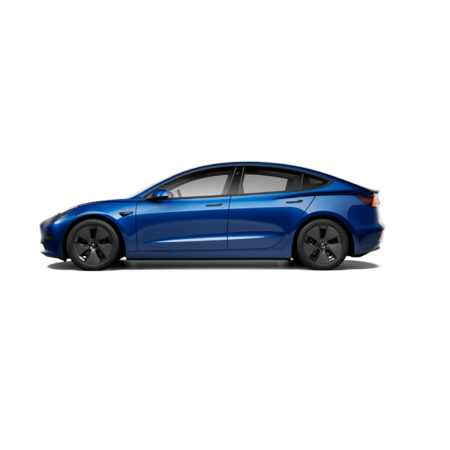
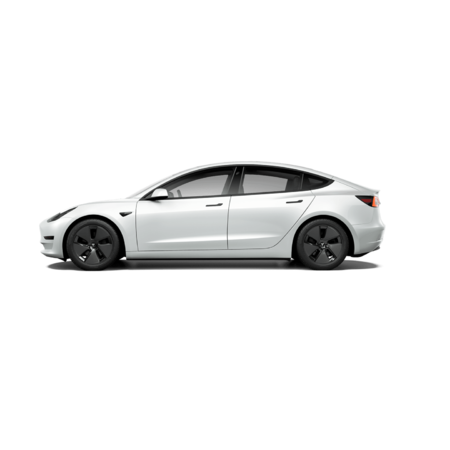
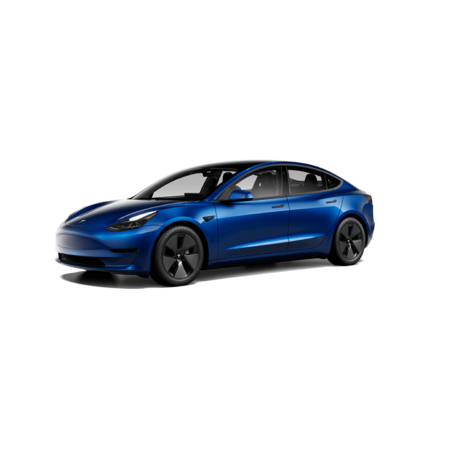



Leave a Comment
Top Comments
https://www.tesla.com/model3/design
Deal is even sweeter if you live in a state with additional credits:
VT: $26,320
MA: $26,830
PA: $27,330
RI: $27,820
DE: $27,820
NY: $28,320
CA: $28,330
CO: $28,330
CT: $29,030
ME: $29,320
Full tax credit details below, but the following income limits apply:
$300,000 for married couples filing jointly
$225,000 for heads of households
$150,000 for all other filers
https://www.irs.gov/credits-deduc...3-or-after
Withholding is totally irrelevant to qualifying for the credit.
If you're unclear on this go read a 1040.
The part where you compute tax liability is lines 16 through 24.
THAT is where the $7500 EV credit comes off.
Your withholdings aren't even looked at until after that on line 25+
This is also not correct.
The Child Tax Credit is worth a maximum of $2,000 per qualifying child. Up to $1,600 is refundable for the 2023 tax year.
Refundable credits are computed AFTER non-refundable ones-- so the CTC is only "worth" $400 off your tax burden for these purposes- the $1600 left is refundable.
Thus if you had say $7900 in tax burden and one CTC and one EV credit, your tax burden would go to $0 and you'd get a full refund of the $1600 refundable part of the CTC
Source:
https://www.nerdwallet.
1,792 Comments
Sign up for a Slickdeals account to remove this ad.
44.6k for a performance Y w/ FSD. 57k miles, https://www.tesla.com/my/order/5YJYGDEF6LF0374
44.6k for a performance Y w/ FSD. 57k miles, https://www.tesla.com/my/order/5YJYGDEF6LF0374
Sign up for a Slickdeals account to remove this ad.
Tesla years ago began exaggerating its vehicles' potential driving distance – by rigging their range-estimating software.
The company decided about a decade ago, for marketing purposes, to write algorithms for its range meter that would show drivers "rosy" projections for the distance it could travel on a full battery, according to a person familiar with an early design of the software for its in-dash readouts.
Then, when the battery fell below 50% of its maximum charge, the algorithm would show drivers more realistic projections for their remaining driving range, this person said. To prevent drivers from getting stranded as their predicted range started declining more quickly, Teslas were designed with a "safety buffer," allowing about 15 miles (24 km) of additional range even after the dash readout showed an empty battery, the source said.
https://www.forbes.com/sites/mary...9be6e67d
When customers noticed their range wasn't matching the dashboard estimates and called the company to make service appointments, Tesla employees would follow directives to tell customers they'd performed "remote diagnostics" and cancel the appointment, the report said.
The company reportedly went as far as to create an entire Las Vegas-based "diversion team" devoted to quieting customer complaints about the inaccurate range, a group that was told by managers it saved Tesla $1,000 for every appointment it canceled.
Teslas were designed with a "safety buffer," allowing about 15 miles (24 km) of additional range even after the dash readout showed an empty battery, the source said.
When customers noticed their range wasn't matching the dashboard estimates and called the company to make service appointments, Tesla employees would follow directives to tell customers they'd performed "remote diagnostics" and cancel the appointment, the report said.
Why waste the customer, and the service techs, time when there's nothing to fix?
Hilariously the Reuters story that kicked all this off includes direct quotes confirming this as accurate:
Even funnier, the team that seems to have not done anything but save everyone time and money yet they're SUPER MAD about?
But Tesla recently had Yet Another Record Quarter, while folks like Ford are losing billions on EVs and pulling back their projected sales and production figures- so somebody's gotta up the nonsense anti-tesla FUD stories I guess...
That is literally a federal crime under Title 49 U.S. Code 32703
Weird claims since it still not only still has 3 years of warranty (or a mileage limit whichever comes first) we also know actual data shows even 10 year old ones still retain over 80% of their original range.
I agree there's a newbie knows nothing here, but it ain't the guy you replied to
Sign up for a Slickdeals account to remove this ad.
And you shouldn't make a habit of running the battery too low or charging too high.
https://www.midtronics.
If charging to 100%, discharging to 0%, and more than 50% DoD are all discouraged on a consistent basis, what's the best way to charge an EV battery and use it? First, it's recommended to keep an EV's charge above 20% when you can, both to maintain its battery health and to prevent range anxiety. Just like driving a gas-powered car with less than 1/4 tank, you want the assurance you'll get to refuel before you run out.
It's often recommended that the EV's battery pack is kept between 30% and 80% of its full charge to maintain its State of Health, or SoH. The CEO of one major EV carmaker has suggested that it's no problem to recharge to 90 or 95% of capacity to maintain the battery's SoH. So long as SoC is not kept at either extreme for any length of time, it should prevent degradation at any accelerated level.
The more pressing issue tends to be depth of discharge. Whether you're charging to 60%, 80%, or even 95%, it's best to keep the DoD as low as possible, and it's certainly preferred to be less than 50% DoD.
By avoiding charges to 100% regularly and always avoiding completely discharging to 0%, as well as maintaining less than 50% DoD, you'll keep your EV's battery working its best for years to come with minimal effect on SoH.
-----------------
That's why I take the "range" figure with a grain of salt - it's portrayed to ICE people because ICE vehicles can go from completely empty to completely full tanks without issue; the stated range of the car is exactly what you can get. With an EV, you really have to take the stated range and cut 30-40% off of it if you make "reservations" to not discharge below 20% or charge above 80% - yeah you can do it from time to time but it's pretty clear and universal that full discharges are bad, as well as full charges.
https://www.greencars.c
· Avoid Discharging Below 20 Percent: Making sure that you do not operate your EV below a 20 percent charge will add life to the battery and also make sure you always have plenty of charge to get you home.
· Only Charge Up to 80 Percent: For most EV owners, the range of their EV is more than enough for daily commutes and errands and charging up to 80 percent is plenty for a day's travel. A full charge to 100 percent is not good for lithium-ion batteries. You can lower the maximum charging limit with your EV's onboard charger.
Leave a Comment